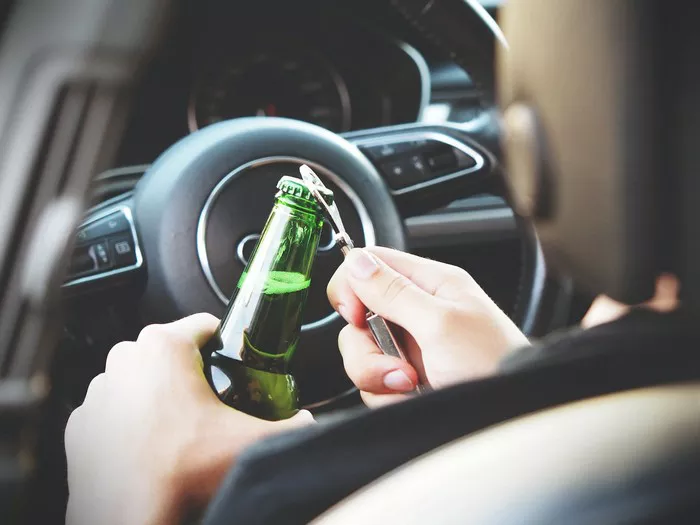Non-alcoholic beer has gained significant popularity in recent years as an alternative to traditional alcoholic beverages. Marketed as a safe option for those avoiding alcohol, it raises a critical question: is non-alcoholic beer actually non-alcoholic? Delving beyond the label’s assurance, understanding the brewing process, regulatory standards, and the presence of residual alcohol can illuminate the reality behind this beverage.
Defining Non-Alcoholic Beer: Misconceptions and Reality
The term “non-alcoholic” may mislead consumers. Contrary to common belief, non-alcoholic beer isn’t completely devoid of alcohol. Most countries have set specific regulations defining what constitutes non-alcoholic beer, typically capping alcohol content at 0.5% ABV (alcohol by volume). This misleading nomenclature raises concerns about the true nature of these beverages and their suitability for certain individuals, such as those in recovery or abstaining due to religious reasons.
The Brewing Process: Alcohol Extraction and Control
To understand the presence of alcohol in non-alcoholic beer, it’s crucial to examine the brewing process. Traditional beer production involves fermentation, wherein yeast converts sugars into alcohol and carbon dioxide. In non-alcoholic beer, brewers use various methods to limit alcohol content. One technique involves halting fermentation prematurely or employing special yeast strains that produce lower alcohol levels. Another method includes vacuum distillation or reverse osmosis to remove alcohol while preserving the beer’s flavor.
Regulatory Standards: The 0.5% ABV Threshold
The question of whether non-alcoholic beer is truly alcohol-free hinges on regulatory standards. Across many jurisdictions, including the United States, the European Union, and others, beverages containing 0.5% ABV or less are labeled as non-alcoholic. However, this threshold isn’t absolute, and some countries set different limits. The discrepancy in regulations highlights the need for consumers to scrutinize labels and be aware of regional variations in defining non-alcoholic beverages.
Residual Alcohol: Understanding Traces and Impact
Despite efforts to reduce alcohol content, residual traces may persist in non-alcoholic beer. Factors such as brewing techniques, storage conditions, and variations in ingredients can influence the final alcohol content. Studies have indicated that some non-alcoholic beers may contain slightly higher alcohol levels than declared on their labels due to these residual traces. While these amounts are minimal, they could potentially impact individuals sensitive to even minute amounts of alcohol.
Consumer Awareness and Health Considerations
For individuals seeking alcohol-free options due to health concerns or personal choices, understanding the nuances of non-alcoholic beer is essential. Those in recovery from alcohol addiction should approach these beverages cautiously, as even trace amounts of alcohol can trigger cravings or jeopardize their sobriety. Moreover, individuals with specific health conditions, such as liver disorders or pregnancy, should consult healthcare professionals regarding the consumption of non-alcoholic beer.
The Perception Shift: Rising Demand and Innovation
The increasing demand for non-alcoholic beer has driven breweries to innovate and expand their offerings. Manufacturers are investing in improving flavor profiles and creating a wider variety of non-alcoholic options to cater to diverse consumer preferences. This shift in perception has led to the normalization of non-alcoholic beer, positioning it as a viable choice for those seeking an alternative to alcoholic beverages without compromising taste.
Addressing Misconceptions: Non-Alcoholic Beer and Social Stigma
Despite its growing popularity, non-alcoholic beer still faces social stigma. Some perceive it as an inferior or less enjoyable alternative to traditional beer due to its lower alcohol content. However, the evolving brewing techniques have significantly enhanced the taste and quality of non-alcoholic beer, challenging these misconceptions. Education and awareness play pivotal roles in dispelling such biases, emphasizing the beverage’s merits beyond its alcohol content.
Conclusion
The query, “Is non-alcoholic beer actually non-alcoholic?” demands a nuanced understanding. While non-alcoholic beer adheres to regulatory standards defining its low alcohol content, traces of alcohol may remain. Consumer awareness, regulatory compliance, and advancements in brewing technology collectively shape the landscape of non-alcoholic beverages. As this industry continues to evolve, transparency in labeling and informed consumer choices remain crucial in navigating the realm of non-alcoholic beer. Understanding its complexities empowers individuals to make informed decisions aligning with their preferences and health considerations.


